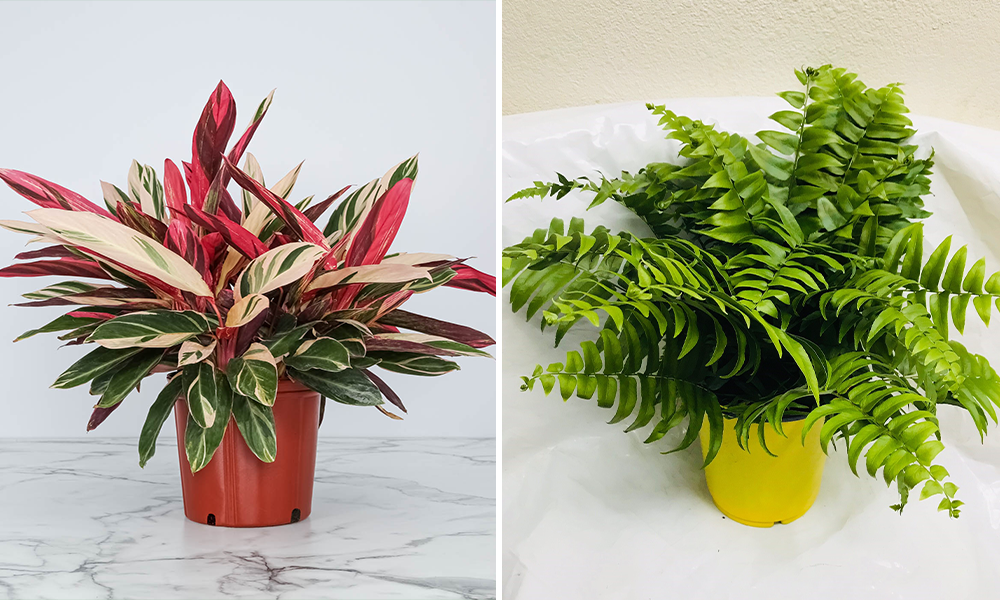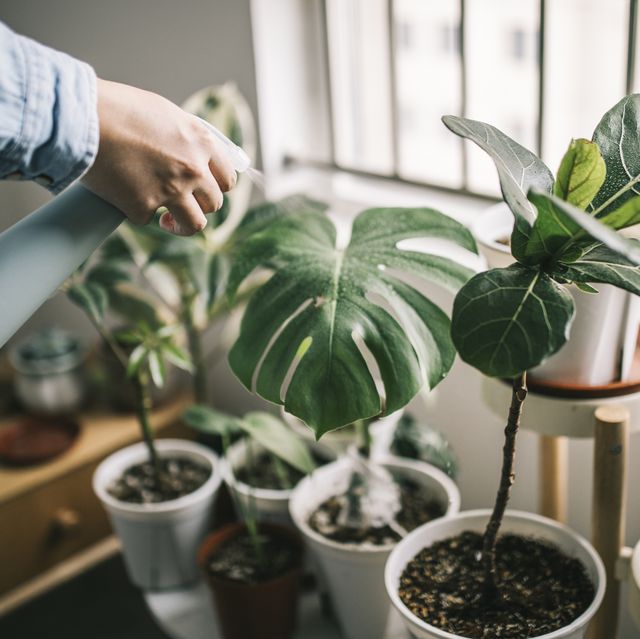Best Low-Light Indoor Plants for Creating a Relaxing and Green Environment
Transform Your Home With Beautiful Low-Light Indoor Plants and Their Advantages
Including low-light indoor plants right into your home can considerably boost both the environmental and visual top quality of your living areas. These plants, which flourish in dark problems, serve not just as decorative aspects but additionally as all-natural air purifiers, making them optimal for urban residents or those with restricted sunshine direct exposure. As we explore the various types of low-light plants and their advantages, you may find surprising means to incorporate them into your home that can transform your surroundings in means you may not have anticipated.
Advantages of Low-Light Plants
Low-light plants provide numerous benefits for interior environments, making them an outstanding choice for both amateur and seasoned garden enthusiasts. One of the primary advantages is their adaptability to low-light conditions, permitting people to improve their home without the requirement for comprehensive sunlight direct exposure. This characteristic makes them ideal for homes, offices, and various other areas with minimal natural light.

In addition, incorporating low-light plants into home decoration can raise the visual allure of a room. Their lavish vegetation and differed textures create a calming atmosphere, contributing to overall well-being. The visibility of greenery has been linked to decreased tension levels and boosted performance, making low-light plants a functional option for improving both mental and physical health and wellness in indoor settings.
Leading Low-Light Indoor Plants
While several indoor plants grow in bright light, a number of species are especially fit for low-light conditions, making them ideal for different interior spaces. One preferred option is the Serpent Plant (Sansevieria), understood for its striking upright fallen leaves and durability, requiring marginal care. One more excellent alternative is the Pothos (Epipremnum aureum), which includes heart-shaped fallen leaves and can track perfectly from racks or wall mounts, prospering in reduced light and adding a lush touch.
The ZZ Plant (Zamioculcas zamiifolia) is commemorated for its shiny leaves and capability to hold up against neglect, making it best for active way of lives. The Tranquility Lily (Spathiphyllum) not just endures reduced light but also creates sensational white blooms, enhancing any type of space's visual.
For an unique touch, consider the Cast Iron Plant (Aspidistra elatior), which certainly lives up to its name, growing in the darkest edges of your home. The Chinese Evergreen (Aglaonema) provides a variety of fallen leave patterns and shades while being remarkably forgiving in low-light conditions. These plants not just enhance indoor environments yet additionally add to air purification, enhancing your space.
Treatment Tips for Low-Light Plants
:max_bytes(150000):strip_icc()/low-light-houseplants-asparagus-fern-getty-1123-74a20afe3f9249ce947a337e497b84ec.jpg)
Watering techniques are critical; these plants commonly like somewhat completely dry problems. Overwatering can lead to root rot, so guarantee that the leading inch of dirt is completely dry before sprinkling again. Use pots with drain holes to permit excess moisture to escape.
Humidity is another vital element. Lots of low-light plants, such as brushes and tranquility lilies, gain from greater moisture degrees. To raise humidity, think about misting the fallen leaves or positioning a tray of water near the plants.
Fertilizing must be approached with caution. Throughout the growing period, use a diluted, well balanced liquid plant food on a monthly basis to support growth, yet avoid fertilizing during the inactive winter season.

Innovative Ways to Present Plants
Indoor plants can offer as exciting prime focus in any type of room, boosting both visual appeal and atmosphere. Innovative screens can boost the aesthetic influence of low-light plants, making them you could check here an integral part of your home decor. One effective method is to use tiered plant stands, which allow you to showcase multiple plants at varying elevations while taking full advantage of flooring area.
Hanging planters are one more ingenious choice, developing a feeling of depth and drawing the eye up. Take into consideration macramé wall mounts or wall-mounted racks to present a distinct texture and design.
For a much more structured strategy, usage geometric terrariums or glass containers to house your plants, adding a modern-day touch to your indoor yard. You can also repurpose vintage products, such as teacups or wood crates, for an eclectic screen that shows your individuality.
Enhancing Home Ambiance With Plants
Incorporating low-light plants right browse around here into your home not only enhances visual allure however additionally adds substantially to the total setting. These plants work as natural style elements, introducing a sense of harmony that can change any kind of area. The visibility of plant cultivates a calming atmosphere, which is particularly useful in high-stress settings such as office or living rooms.
Low-light plants, such as serpent plants, pothos, and ZZ plants, are not just visually pleasing but also improve interior air top quality by filtering system pollutants. This twin feature boosts the setting even more, producing a much healthier living area (Best low-light indoor plants). The tactical positioning of these plants can also affect the perception of room; as an example, tall plants can attract the eye up, making ceilings show up higher and areas much more sizable
Additionally, varying appearances and colors of vegetation add deepness to interior layout, enabling creative expression in home designing. Whether placed on racks, in edges, or as focal points, low-light plants can raise the mood of any space. In recap, including these plants right into your home is an efficient means to foster a warm, welcoming ambience while reaping the benefits of enhanced air high quality and visual versatility.
Conclusion
Including low-light indoor plants right into home environments offers countless benefits, consisting of improved visual allure and boosted air high quality. These resistant plants, such as the Snake Plant and Tranquility Lily, check my source require minimal light and upkeep, making them ideal for diverse lifestyles.
While many interior plants grow in intense light, a number of species are especially appropriate for low-light problems, making them perfect for numerous indoor areas. One reliable technique is to utilize tiered plant stands, which permit you to display multiple plants at differing elevations while optimizing floor room.
Low-light plants, such as snake plants, pothos, and ZZ plants, are not just aesthetically pleasing yet likewise boost indoor air top quality by filtering pollutants. Best low-light indoor plants. The calculated positioning of these plants can likewise affect the perception of area; for circumstances, tall plants can attract the eye up, making ceilings show up higher and rooms extra large
These resilient plants, such as the Snake Plant and Tranquility Lily, require very little light and upkeep, making them ideal for diverse lifestyles.